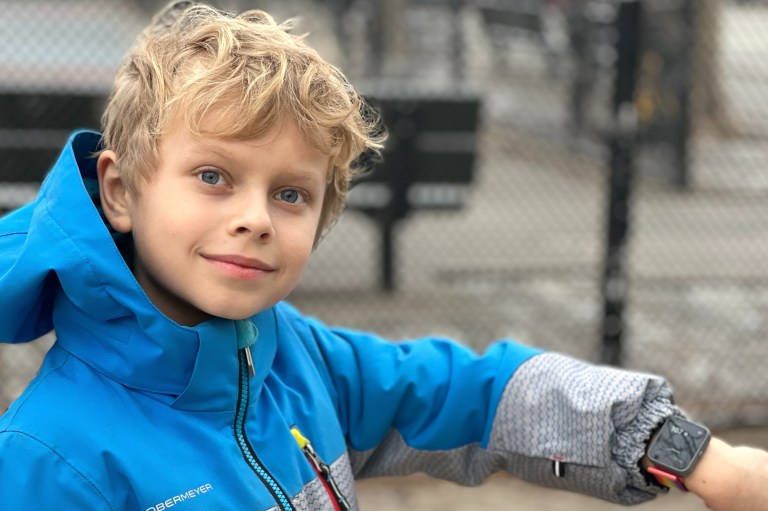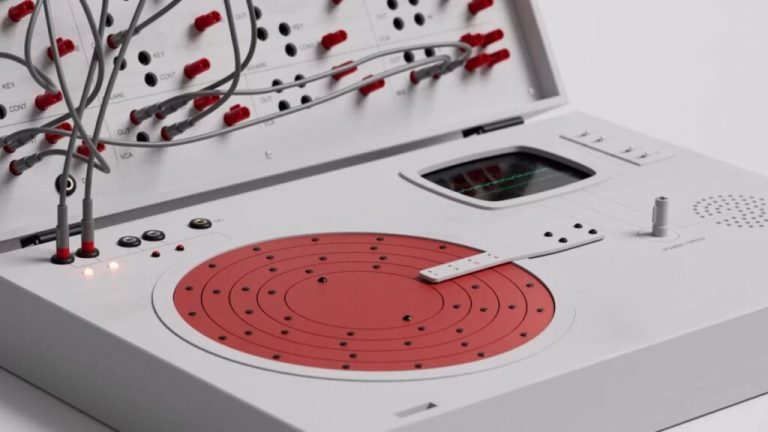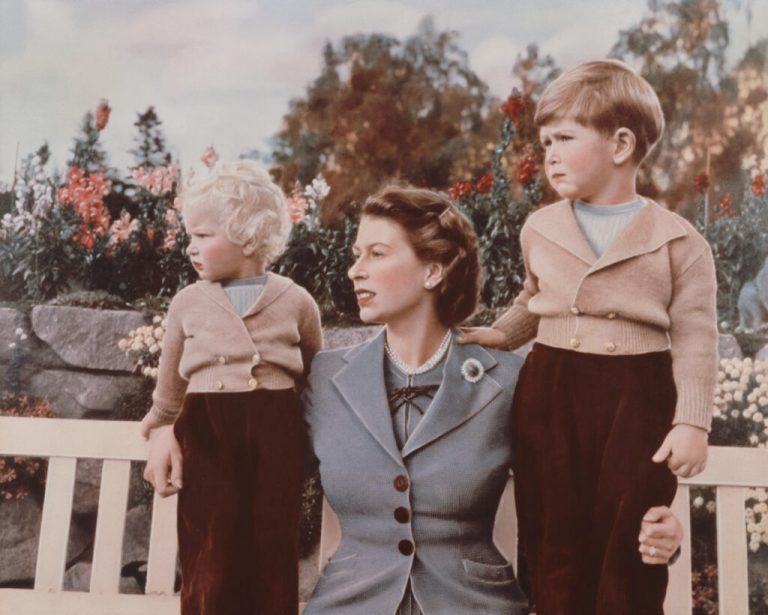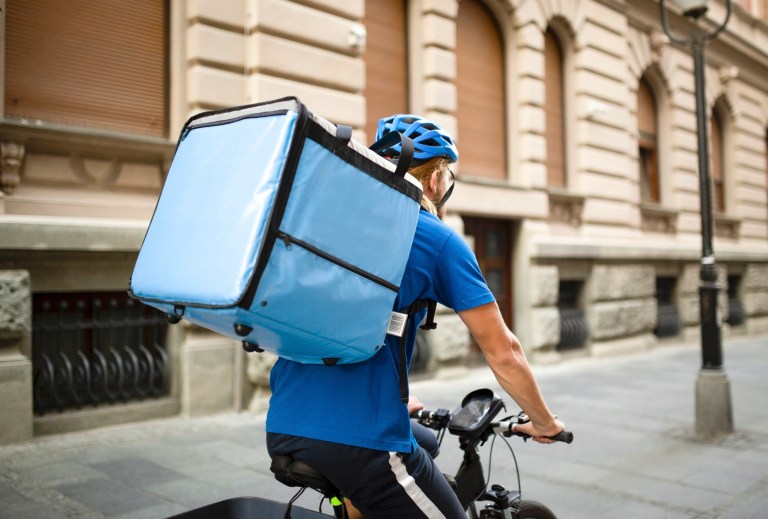From Braille displays to smart canes and AI apps, visually impaired people can turn to a variety of innovative devices to help them navigate everyday life. The technology available to blind dogs isn’t quite as advanced — but some future engineers at Houston’s Rice University are out to change that.
When Grant Belton and AJ Price approached the school’s Oshman Engineering Design Kitchen seeking assistance for their dog Kunde, who lost his eyesight due to advanced glaucoma, a student-led team took on the challenge. They designed a wearable vest that provides the pup with real-time spatial awareness without restricting his movements. Stereoscopic cameras placed near Kunde’s head detect depth information that’s then relayed to motors within the vest, which vibrate to inform him of nearby objects.
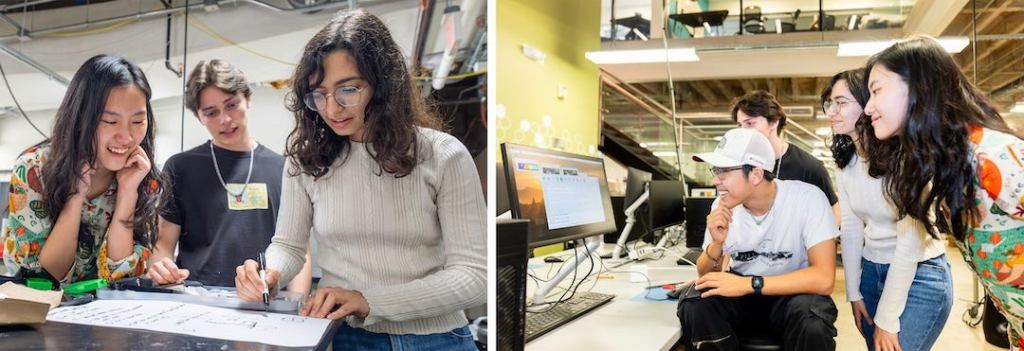
“Kind of like giving Kunde a second set of eyes, the cameras create a depth map,” Issy Tsai, an electrical engineering major working on the tech, said in a news release. “The closer an obstacle is, the stronger the vibration on that side of the vest.”
The final prototype, which provides a range of up to about 26 feet and around a two-hour battery life, offers a more comfortable alternative to current solutions like halos and cones — physical barriers that give blind pups information about their surroundings only after they’ve made contact with obstacles.
“Existing devices tend to be bulky or uncomfortable, and they rely on the dog bumping into things as tactile feedback, which is not ideal,” said Adam Vuong, a bioengineering student on the project team. “We wanted to create something that would give Kunde the independence to move around and interact with his environment without constant collisions and stress.”
And while the vest is still in the testing phase, the students are well on their way to accomplishing that goal. Calling themselves “Kunde’s Friends,” the team decided to build on a previous project that used LiDAR (Light Detection and Ranging) sensors to assist navigation. But instead of deploying expensive LiDAR equipment, they used “very cheap cameras” to create “a very complex depth map,” team member Santiago Brent explained in a video.
“The fact that we can create all of this for, I’d say, under $150, and create a very clear, crisp stereoscopic image for this computer vision, is pretty insane,” he added.
The students also made sure to include extra accommodations for Kunde’s comfort. The vest features an adjustable strap, and some of the electronic elements are placed in enclosures near the pup’s back and stomach. These placements are intentional, team member Cristiana De Sousa explained, “in order to distribute the weight and not have his head be lowered down by the weight of the devices on his head.”

Taking Texas’ warm climate into consideration, the team also ensured the vest is lightweight, with certain waterproof components. “We had to figure out how to embed electronics into a wearable vest that’s breathable, soft, and rugged enough for a dog who loves to play,” De Sousa said in the release. “It was a real exercise in creative problem-solving.”
The team has high hopes that the vest will pass its tests with Kunde — and if that happens, they’ll aim to replicate it to assist other visually impaired pups. “They’ve already demonstrated the power of having a real-world challenge to drive meaningful design,” team mentor Heather Bisesti shared. “It’s motivating for students to see how their work can make a direct difference in someone’s — or some dog’s — life.”




